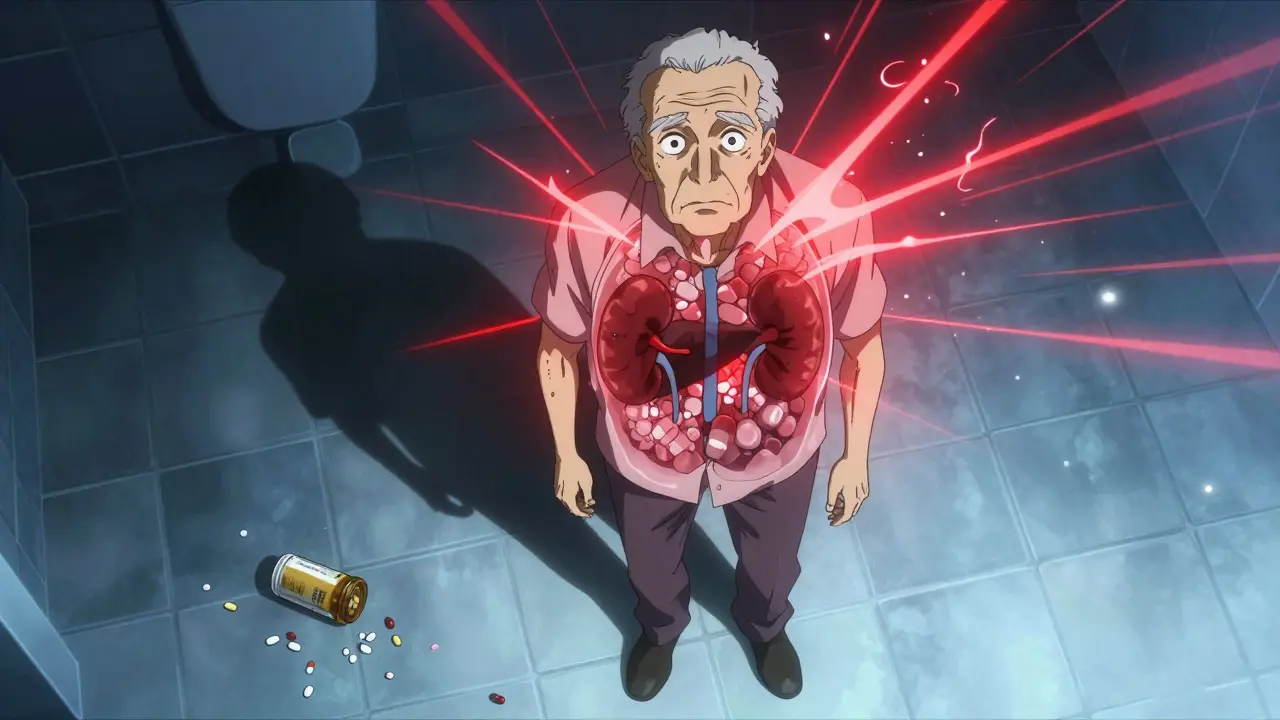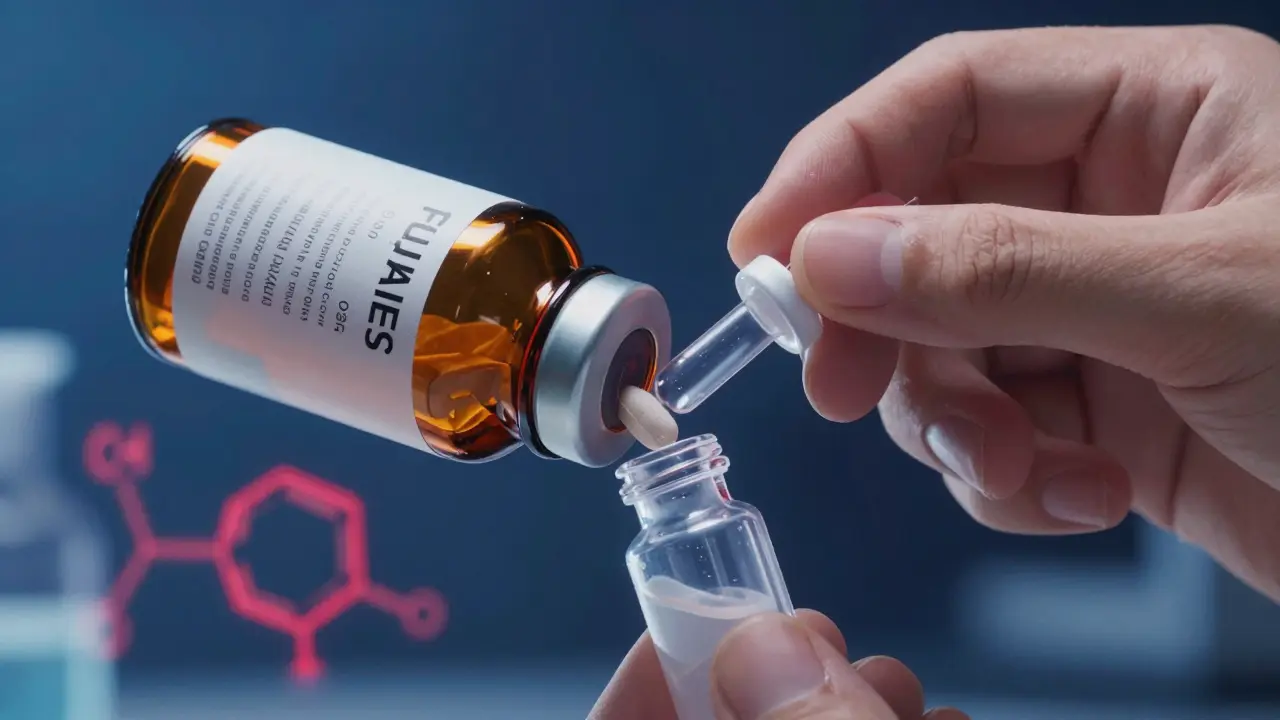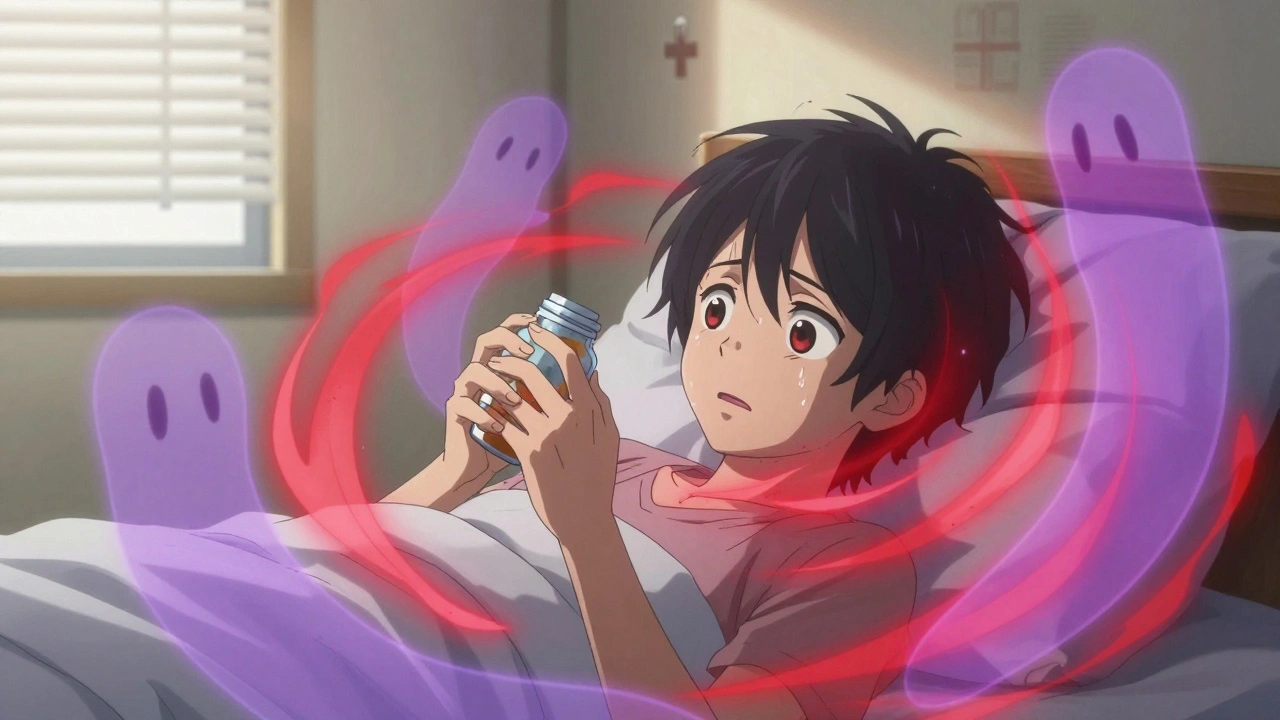Chlorthalidone — What It Does and How to Use It Safely
Chlorthalidone is a long-acting thiazide-type diuretic often used to treat high blood pressure and fluid retention. One dose usually covers a full day, so people often take it once daily. Doctors sometimes prefer it over hydrochlorothiazide because its effect lasts longer.
It works by helping the kidneys remove extra salt and water, which lowers blood volume and eases pressure on blood vessels. The blood pressure drop builds up over days to weeks, so expect gradual improvement rather than instant change.
How it is taken and common doses
Typical starting doses are 12.5–25 mg once daily, usually in the morning to avoid nighttime urination. Some people need higher doses, but higher amounts increase the risk of side effects like low potassium and dizziness. If you miss a dose, take the next dose at the usual time unless your prescriber tells you otherwise.
Take it at a similar time each day, and track your blood pressure at home if possible. Bring readings to follow-up visits so your provider can adjust dosing safely.
Side effects, interactions & safety tips
Common side effects include increased urination, lightheadedness when standing, low potassium, and low sodium. You might also see higher blood sugar or cholesterol in some people. Call your doctor if you have severe muscle cramps, fainting, extreme weakness, or significant swelling.
Several common medicines change how chlorthalidone works. Nonsteroidal anti-inflammatory drugs can blunt its effect, while ACE inhibitors and ARBs can affect potassium levels. Lithium can build up more easily if you use it with a diuretic, so discuss that combo with your prescriber.
Your provider will check blood electrolytes and kidney function after starting the drug and at intervals afterwards. If you take potassium supplements or potassium-sparing drugs, make sure your clinician knows. Pregnant or breastfeeding people should talk to their doctor before using this medicine.
Practical tips: take chlorthalidone in the morning, carry it with prescription label when you travel, and store it in original packaging. Use a licensed pharmacy and avoid suspicious online sellers. If you notice symptoms like fainting or very low urine output, seek medical help right away.
Ask these at your next visit: Do I need regular blood tests? What is my target blood pressure? Can I drink alcohol? How will other medicines change this drug? Clear answers make treatment safer and easier.
A pharmacist can explain side effects, interactions, and dosing in plain terms. If you want more detail on monitoring or switching from another diuretic, ask your prescriber for a plan that fits your health needs.
If you read about chlorthalidone online and feel unsure, bookmark reputable sources or bring questions to your next appointment. Practical steps like tracking blood pressure, keeping a list of medicines, and reporting symptoms quickly cut risks. Small changes in diet and routine can help the medicine work better. Talk honestly with your clinician, and use trusted pharmacy advice for daily questions. That keeps you safer while getting the blood pressure control you need. Stay alert, ask questions, and keep regular follow-ups.
Managing Diabetes with Chlorthalidone: Effective Strategies for Blood Sugar Control
Chlorthalidone, a diuretic medication commonly used to treat hypertension, has gained attention in managing diabetes due to its ability to impact blood sugar levels. The relationship between chlorthalidone and diabetes management is complex and requires careful consideration by healthcare professionals. For those managing both hypertension and diabetes, understanding how chlorthalidone affects blood sugar is crucial. This article delves into the mechanisms of chlorthalidone, its effects on diabetes, and strategies for effective blood sugar management.






